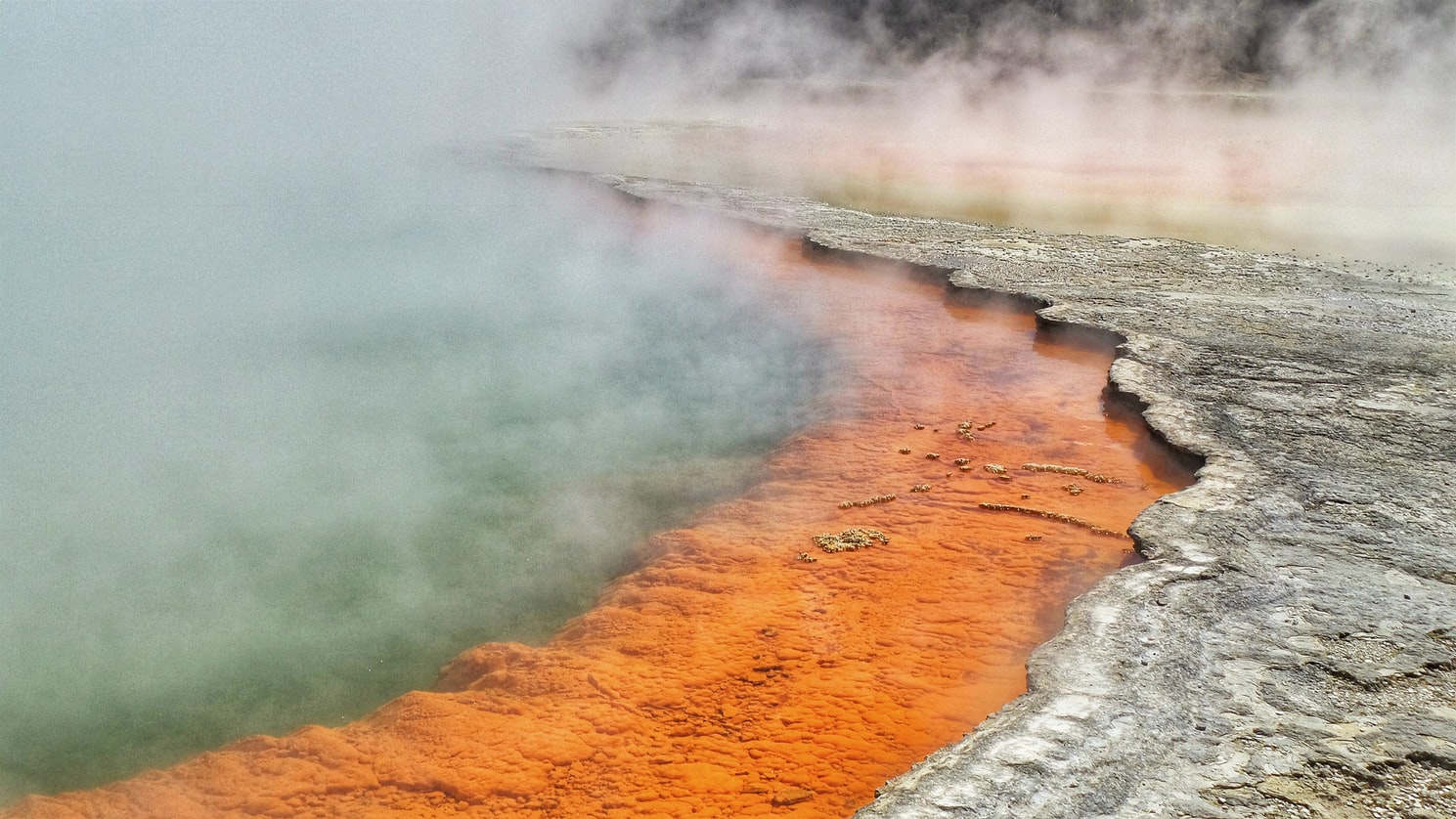GNS 차세대 지열 프로젝트의 리더 인 Isabelle Chambefort 박사는 다음과 같이 설명했습니다. “깊은 초임계 지열은 지구 깊숙이 발견되는 초고온 유체를 의미합니다.초임계 유체는 뚜렷한 액체 및 가스 단계가 존재하지 않는 임계점 이상의 온도와 압력에서 존재합니다.” 라고 그녀는 말했습니다.
“액체 물보다 열 함량이 높고 밀도가 낮기 때문에 동일한 양의 추출된 유체에 대해 기존의 지열원보다 몇 배 더 많은 에너지를 생성 할 수 있습니다.”
순수한 물의 경우 초 임계 온도는 섭씨 374도보다 크며, 요구되는 유체는 4km 이상의 깊이에서 발견 될 것으로 예상됩니다.
전 세계적으로 초 임계 지열로부터 에너지를 생성하는 것은 아직 개발 단계에 있으며 도전 과제가없는 것은 아닙니다. 토코막 내부에 필요한 1 억 5 천만 도의 규모는 아닐 수도 있습니다.
Chambefort는 여러 국가에서 깊은 지열 이니셔티브가 진행 중이라고 밝혔다.“그러나 초임계 지열 저수지를 성공적으로 사용하는 국가는 없습니다.일본이나 아이슬란드는 파일럿 초임계 프로젝트를 안정적으로 전기를 생산할 수있는 단계로 성공적으로 성공하지 못했습니다.”
뉴질랜드에서의 작업은 “잘 진행되고”있었고 여러 국가의 지열 팀과의 강력한 파트너십을 포함했습니다.
Thomas Reinsch가 독일 국립 고체 지구 과학 연구 센터에서 이끄는 2017 년에 출판 된이 분야에 대한 설문 조사는 다음과 같이 언급했습니다. “지열 저수지에서 유체를 처리하고 사용하려고 시도하는 동안 여러 가지 심각한 문제가 발생했습니다.초임계 상태의 물.”
이러한 시스템의 극한 온도와 공격적인 유체 화학 조성을 처리하기 위해서는 혁신적인 드릴링 및 웰 완성 기술이 필요했습니다.아이슬란드의 한 우물에서 나온 유체는 매우 부식성이 있고 연마성이 있었다고 연구 결과에 따르면.
지열장에서 뚫은 25개 이상의 깊은 우물이 374C 이상의 온도에 직면했습니다.이 우물은 미국, 일본, 이탈리아, 아이슬란드, 멕시코, 케냐에 있었습니다.

















































